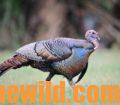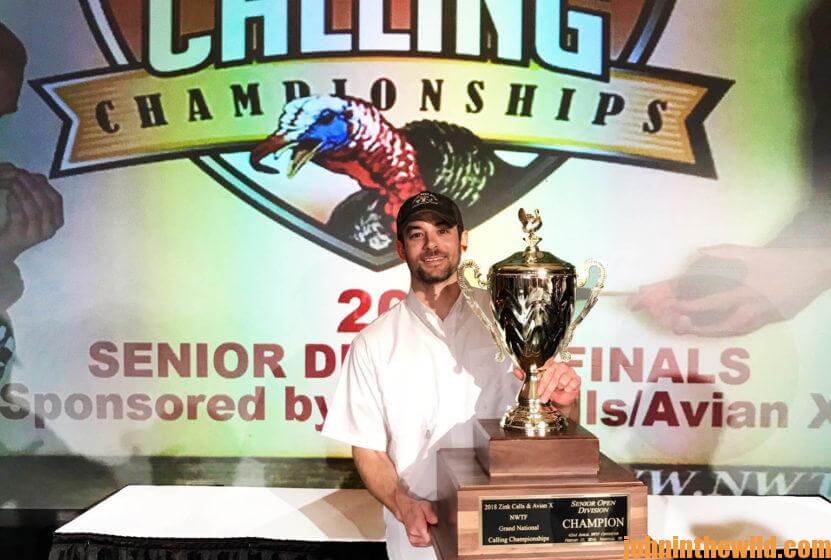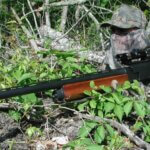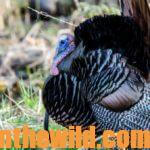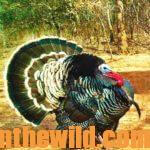Editor’s Note: David Owens from Acworth, Georgia, was the 2018 National Wild Turkey Federation (NWTF) Grand National Senior Open Division turkey-calling champion. In 2017, he completed an almost unbelievable feat by taking the U.S. Super Slam of wild turkeys, taking 49 gobblers in the 49 states that home wild turkeys with 90 percent of those birds harvested on public lands. Owens started hunting turkeys when he was 13 and has been hunting them for 20+ years.
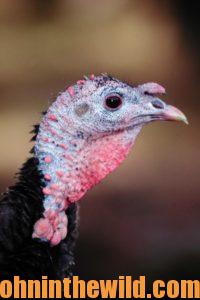 The season for Osceolas in Florida began in 2018 on March 3, and we hunted public land there for 9 days. Anyone can hunt turkeys on the public lands I hunt. Since I was in college, this is the way I’ve begun turkey season each year for the last decade. Hunting public land the first week in Florida is fairly tough, but each year we go down there. Whether we take a turkey or not, we bring home some great memories and super adventures often from hunting in the water for 9 days. We may define a successful hunt different from what some turkey hunters consider successful. Regardless of whether we take a bird or not, we bring home great memoires, and we always have a good time trying to take turkeys.
The season for Osceolas in Florida began in 2018 on March 3, and we hunted public land there for 9 days. Anyone can hunt turkeys on the public lands I hunt. Since I was in college, this is the way I’ve begun turkey season each year for the last decade. Hunting public land the first week in Florida is fairly tough, but each year we go down there. Whether we take a turkey or not, we bring home some great memories and super adventures often from hunting in the water for 9 days. We may define a successful hunt different from what some turkey hunters consider successful. Regardless of whether we take a bird or not, we bring home great memoires, and we always have a good time trying to take turkeys.
Next after a week in Florida, we went to the opener in Alabama. Then we returned home to Georgia and hunted Tennessee and then Kentucky. We headed next to Washington, Idaho and Montana. Most seasons we usually hunt 10 to 12 different states.
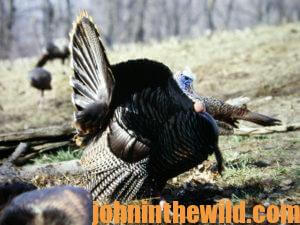 I’m often asked, “What’s the difference in calling the different races of wild turkeys in various states and terrains?” The places we call, the calls we use, and the tactics we employ are site-specific. One of the real secrets to successfully hunting multiple states for different races of wild turkeys is the hunter’s ability to adapt to various conditions like terrain, weather and habitat. You’ve got to be willing to face turkey-hunting situations that you never may face if you hunt in your home state.
I’m often asked, “What’s the difference in calling the different races of wild turkeys in various states and terrains?” The places we call, the calls we use, and the tactics we employ are site-specific. One of the real secrets to successfully hunting multiple states for different races of wild turkeys is the hunter’s ability to adapt to various conditions like terrain, weather and habitat. You’ve got to be willing to face turkey-hunting situations that you never may face if you hunt in your home state.
For instance, to take an Osceola gobbler on public lands in Florida, you have to be willing to get away from the other hunters, and I’m still learning how to do that. Florida has huge expanses of public land to hunt, but much of it is choked with thick vegetation, palmetto flats and water everywhere. You can’t be afraid of getting wet. You have to look for small pockets of turkeys there. You have to scout before you hunt and search for habitat where turkeys can live and dodge hunters. Unlike many other places where you hunt turkeys, you can’t necessarily return to a spot where you’ve taken or seen gobblers before and expect to find turkeys the next year, because the Osceola turkeys move a lot, depending on the water level in the areas where they live.
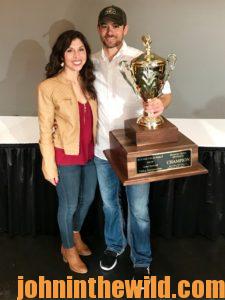 In south Florida. I don’t wear waders or hip boots to deal with the water there. Instead I wear Crocs (rubber slides). I know I’m going to get wet every day I hunt. So, I just go ahead and get wet first thing in the morning and then being wet doesn’t bother me. Crocs and pants dry quickly. If you wear hip boots, you’re going to spend more time trying to stay dry than you spend hunting. That’s a lesson I learned long ago when I first started hunting in Florida. Another factor that we just accept is that we’re going to get scratched by briars and cut by palmetto palms. That’s just part of the process of hunting down there.
In south Florida. I don’t wear waders or hip boots to deal with the water there. Instead I wear Crocs (rubber slides). I know I’m going to get wet every day I hunt. So, I just go ahead and get wet first thing in the morning and then being wet doesn’t bother me. Crocs and pants dry quickly. If you wear hip boots, you’re going to spend more time trying to stay dry than you spend hunting. That’s a lesson I learned long ago when I first started hunting in Florida. Another factor that we just accept is that we’re going to get scratched by briars and cut by palmetto palms. That’s just part of the process of hunting down there.
I’m not afraid of snakes that we may see or mosquitoes. I carry a ThermaCell
(www.thermacell.com), with me and I highly recommend one if you’re planning to hunt in south Florida. I also spray my clothes down with Sawyer’s Permethrin insect repellent
(https://sawyer.com/products/permethrin-insect-repellent-treatment/), and I let my clothes dry a day or two before I pack to go to Florida. Permethrin helps to reduce the number of ticks you’ll be bothered with too.
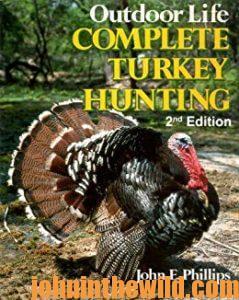 To learn more about turkey hunting, check out John E. Phillips’s book, “Outdoor Life’s Complete Turkey Hunting,” at https://www.amazon.com/gp/product/B00IXXJWOQ/ref=dbs_a_def_rwt_hsch_vapi_taft_p2_i10 and available in Kindle and print. You may have to cut and paste this link into your browser. (When you click on this book, notice on the left where Amazon says you can read 10% of this book for free). To learn more about other turkey books by John E. Phillips, go to www.amazon.com/author/johnephillips.
To learn more about turkey hunting, check out John E. Phillips’s book, “Outdoor Life’s Complete Turkey Hunting,” at https://www.amazon.com/gp/product/B00IXXJWOQ/ref=dbs_a_def_rwt_hsch_vapi_taft_p2_i10 and available in Kindle and print. You may have to cut and paste this link into your browser. (When you click on this book, notice on the left where Amazon says you can read 10% of this book for free). To learn more about other turkey books by John E. Phillips, go to www.amazon.com/author/johnephillips.
Tomorrow: Hunting Osceola Turkeys


